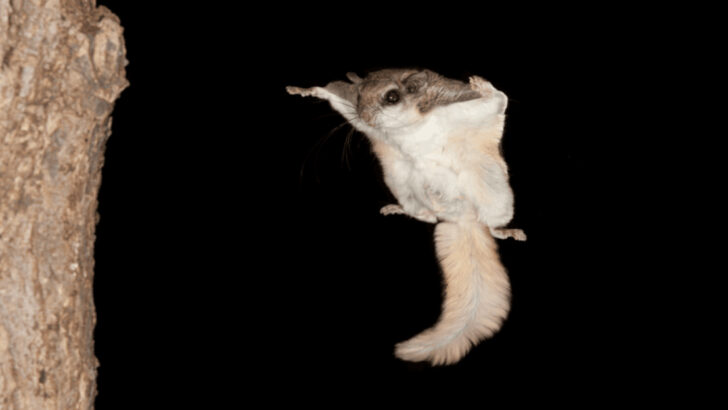Tennessee’s wilderness isn’t just beautiful—it’s wild.
Step into its forests, mountains, and rivers, and you’ll find creatures that have been thriving here long before humans ever set foot on the land. From stealthy predators to shy, elusive mammals, these animals make the state feel like a time capsule of untamed nature.
Imagine locking eyes with a black bear on a quiet trail or hearing the eerie call of a bobcat just beyond the trees. Some of these animals are masters of camouflage, while others command attention with their sheer presence. Either way, they are living proof that Tennessee’s wild side is alive and well.
Let’s meet 18 incredible creatures that remind us why this state’s wilderness still feels untouched.
American Black Bear
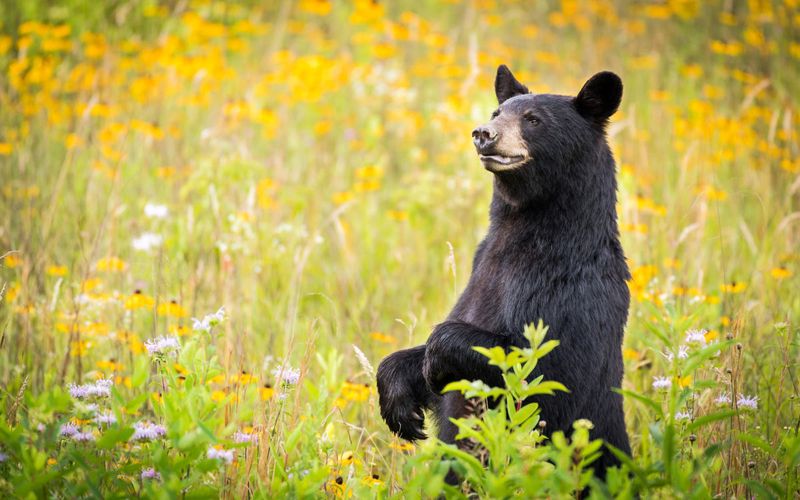
The American Black Bear is an iconic resident of Tennessee’s Great Smoky Mountains. Known for their curious nature, these bears often roam through the park’s lush forests. Typically solitary, they spend their time foraging for berries, nuts, and other vegetation. While generally shy, they can be seen by lucky visitors exploring their natural habitat.
Observing a black bear in the wild is a thrilling experience, yet it’s crucial to maintain a respectful distance. Visitors to the park are encouraged to use bear-proof containers and follow guidelines to ensure safe interactions. Their presence is a testament to Tennessee’s wild beauty.
Eastern Box Turtle
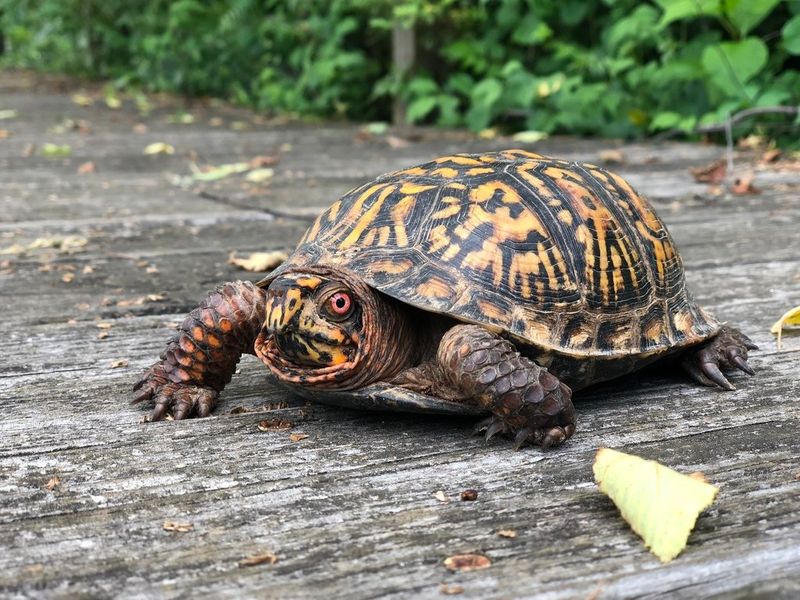
The Eastern Box Turtle, with its distinctive dome-shaped shell, is a common yet fascinating sight in Tennessee’s woodlands. These turtles are known for their slow, deliberate movements and can often be found basking in the sun or seeking shade under foliage.
Their shells, adorned with intricate patterns, serve as excellent camouflage amidst leaves and underbrush. Box turtles are omnivorous, consuming a varied diet of insects, fruits, and fungi. Despite their slow pace, they are adept at surviving in diverse environments.
Protecting their habitats ensures that these charming creatures continue to thrive in Tennessee’s forests.
Red Fox
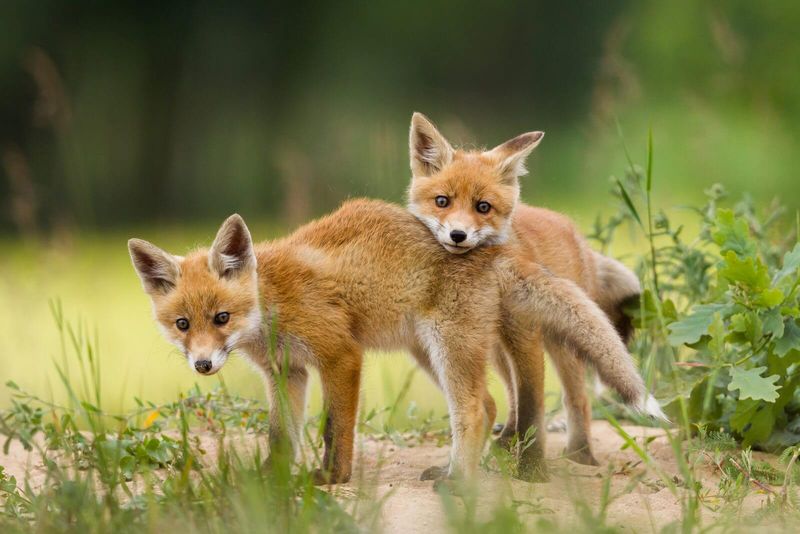
The Red Fox is a clever and adaptable predator that roams the fields and forests of Tennessee. With its striking red fur and bushy tail, it is a sight to behold. Red foxes are known for their intelligence and resourcefulness, often hunting alone.
They prey on small mammals, birds, and insects, using their keen senses to locate food. These animals are primarily nocturnal, making dawn and dusk the best times to spot them in the wild.
Their playful demeanor and adaptability have allowed them to flourish across various habitats in Tennessee, from rural to suburban areas.
Bald Eagle
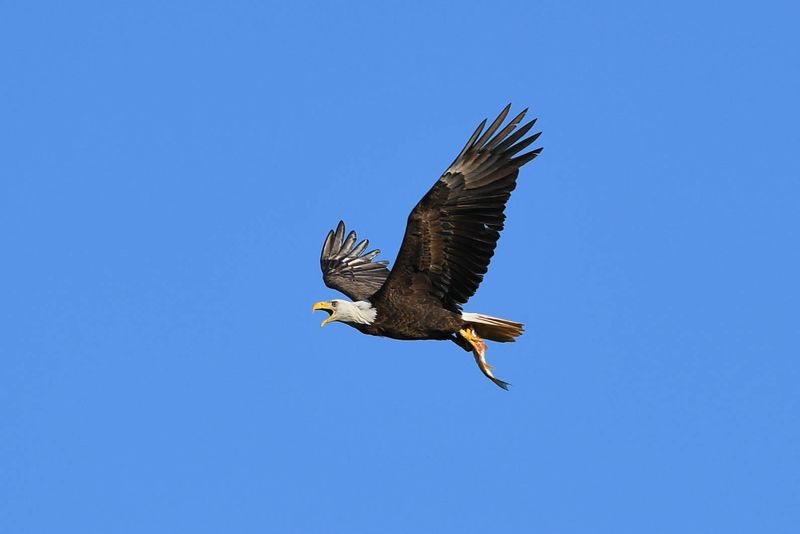
The Bald Eagle, a symbol of strength and freedom, nests along Tennessee’s rivers and lakes. Known for their impressive wingspan and powerful flight, these birds are a breathtaking sight.
They primarily feed on fish, which they skillfully snatch from the water with their talons. Eagles are often seen gliding gracefully, scanning the waters below for their next meal. During the breeding season, they build large nests high in trees, often returning to the same spot year after year.
Observing a Bald Eagle in flight is a reminder of the vast, untouched wilderness of Tennessee.
Copperhead Snake
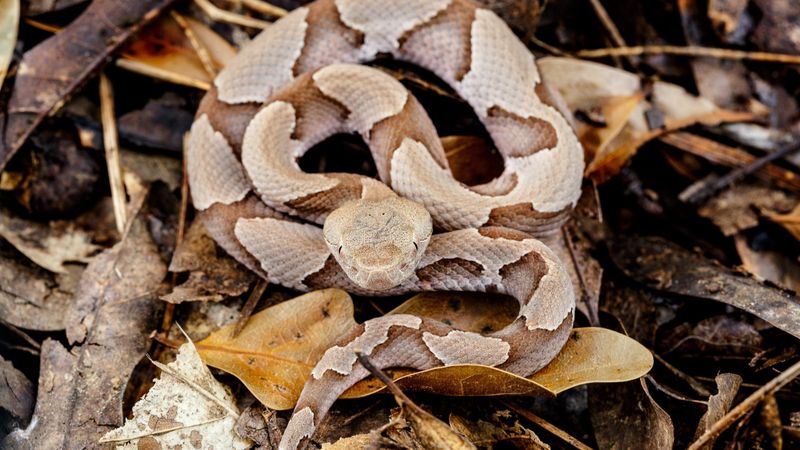
The Copperhead Snake is a venomous yet often misunderstood resident of Tennessee’s wilderness. Its distinctive coppery hue allows it to blend seamlessly with the forest floor.
Typically found basking on sunny rocks or hidden among leaf litter, these snakes play a crucial role in controlling rodent populations. While venomous, copperheads are generally not aggressive and will avoid confrontation if possible.
Spotting one is a reminder of the diverse and complex ecosystems present in Tennessee. It’s important for hikers to remain vigilant and respect these creatures’ space, contributing to a balanced natural environment.
Great Horned Owl
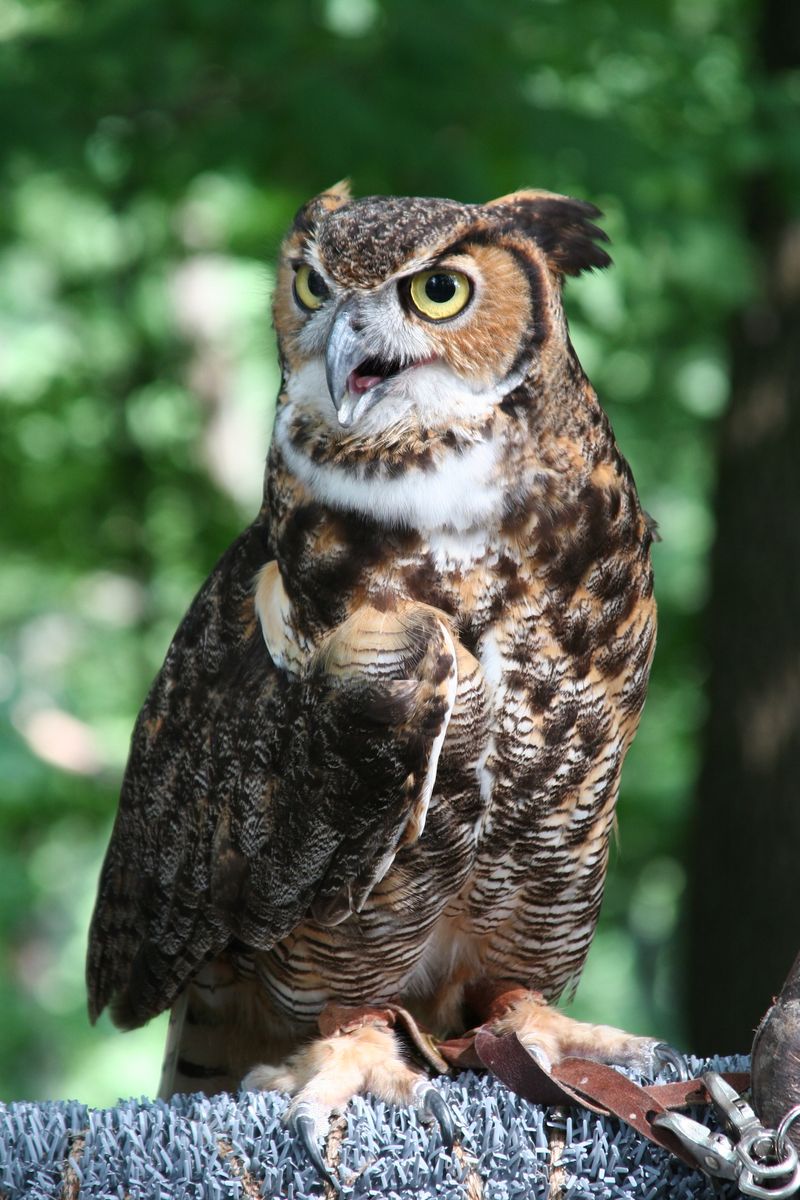
The Great Horned Owl is a master of the night, with its haunting call echoing through Tennessee’s woodlands. Known for its striking tufts and large yellow eyes, this owl is an expert hunter.
Its diet includes small mammals, birds, and insects, which it captures with precision using its sharp talons. The owl’s silent flight and acute hearing make it a formidable predator after dark. Great Horned Owls are often seen perched high in trees, surveying their territory.
Their presence adds to the mystique of Tennessee’s nighttime landscape, offering a glimpse into the fascinating world of nocturnal wildlife.
White-tailed Deer
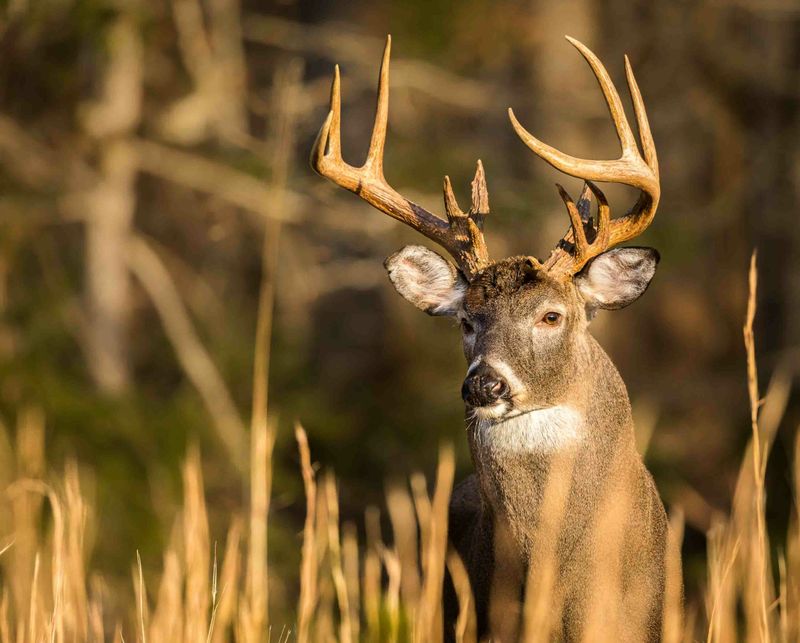
The White-tailed Deer is a graceful and common sight in Tennessee’s open fields and forests. Known for their agility and keen senses, these deer are always alert to their surroundings.
They feed primarily on plants, including leaves, twigs, and grasses, which they find in abundance throughout the state. During autumn, their coats turn a rich brown, blending beautifully with the fall foliage.
White-tailed Deer are often seen in groups, particularly during the breeding season. Their presence is a testament to the thriving ecosystems in Tennessee, where nature continues to flourish year-round.
Timber Rattlesnake
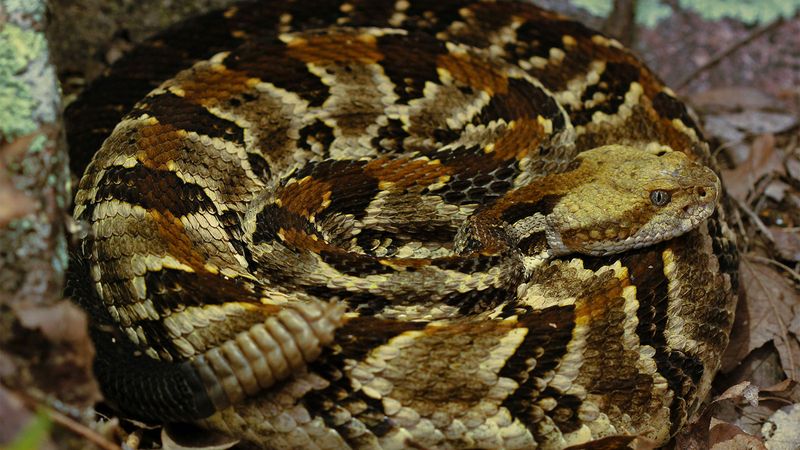
The Timber Rattlesnake is a venomous inhabitant of Tennessee’s rugged terrains and forests. Recognizable by its distinctive rattle, this snake is both feared and respected by those who encounter it.
It primarily feeds on small mammals, playing a crucial role in maintaining the ecological balance. While venomous, timber rattlesnakes are generally shy and prefer to avoid human contact.
Their camouflaged appearance makes them difficult to spot in the wild. For those exploring Tennessee’s trails, it’s essential to remain cautious and respectful of these remarkable reptiles, ensuring safe coexistence.
Northern Cardinal
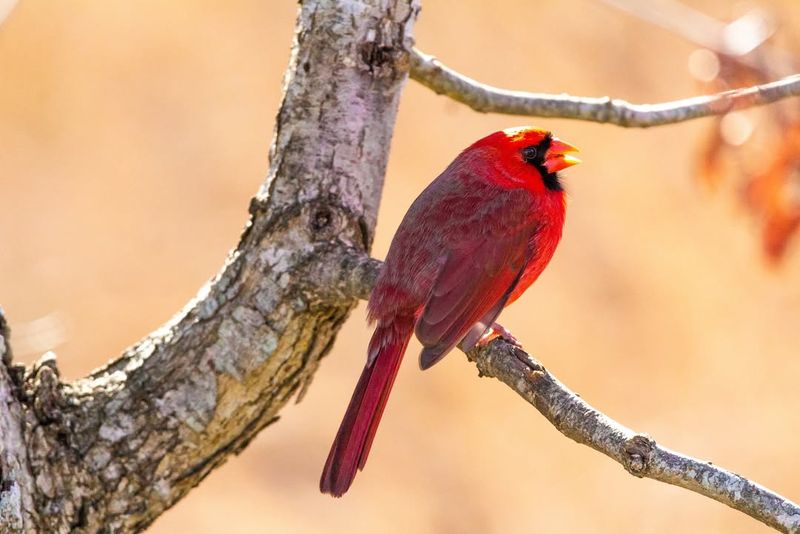
The Northern Cardinal is a vibrant splash of color in Tennessee’s woodlands and gardens. Known for its brilliant red plumage and distinctive crest, this bird is a favorite among birdwatchers.
Cardinals are often seen flitting between trees and shrubs, foraging for seeds and insects. Their melodic songs fill the air, especially during the breeding season. Male cardinals are easily spotted with their bright coloration, while females are more subdued.
Attracting cardinals to backyards is as simple as providing feeders stocked with sunflower seeds, offering a joyful glimpse into the beauty of Tennessee’s feathered residents.
Common Raccoon
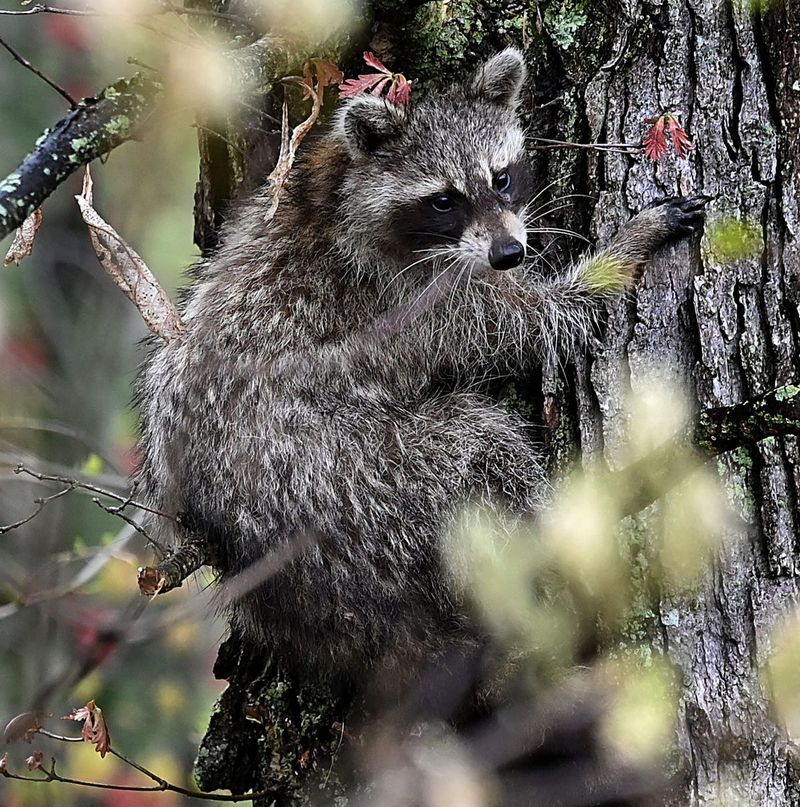
The Common Raccoon is a familiar and intelligent inhabitant of Tennessee’s diverse habitats. Recognizable by its distinctive black mask and ringed tail, this nocturnal creature is often seen rummaging near streams and wooded areas.
Raccoons are highly adaptable, with a diet that includes fruits, insects, and small animals. Their dexterous paws allow them to open containers and find food in a variety of settings. While often considered a nuisance, raccoons play a vital role in the ecosystem by controlling pest populations.
Watching a raccoon in its natural environment offers insight into Tennessee’s vibrant wildlife.
Peregrine Falcon
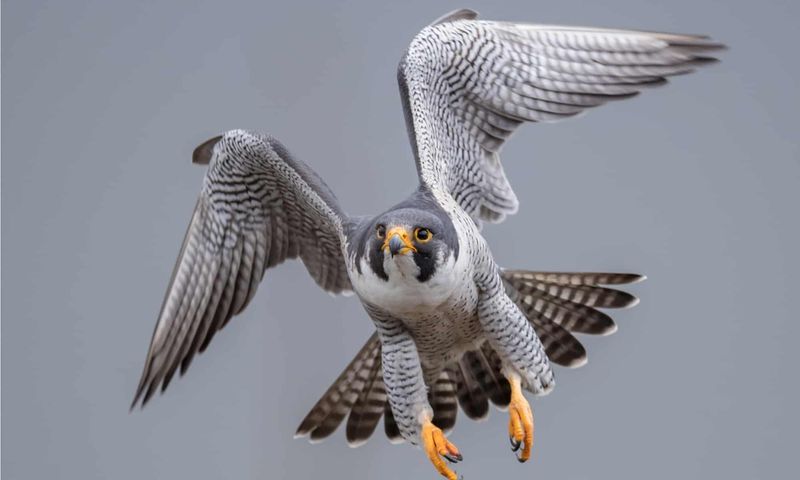
The Peregrine Falcon, known for its incredible speed and precision, can be found soaring above Tennessee’s cliffs and rivers. As one of the fastest birds in the world, it’s a marvel to witness in action.
These falcons prey on other birds, using their sharp talons and exceptional hunting skills. They are often seen diving at high speeds to catch their prey in mid-air. During the breeding season, peregrines nest on high ledges, providing a vantage point for their aerial hunts.
Their presence in Tennessee is a testament to the health of the state’s ecosystems, where wildlife thrives.
Eastern Cottontail Rabbit
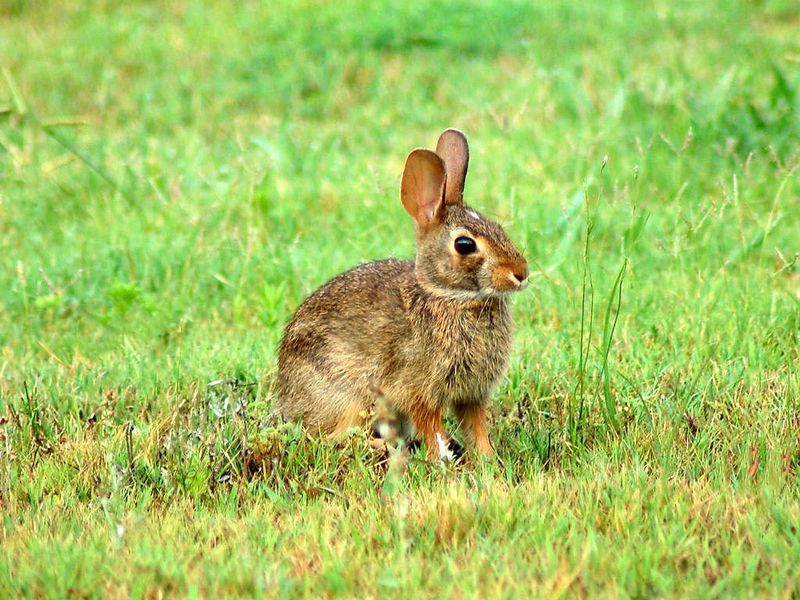
The Eastern Cottontail Rabbit is a delightful and common sight in Tennessee’s meadows and gardens. With its large eyes and soft, brown fur, it’s a beloved creature among wildlife enthusiasts.
These rabbits are known for their rapid movements and ability to blend into the underbrush, making them a challenge to spot. They feed on a variety of vegetation, including grasses and clover, and are most active during dawn and dusk.
Creating a rabbit-friendly garden involves planting native shrubs and leaving patches of wild growth, ensuring these charming animals continue to grace Tennessee’s landscapes.
Eastern Bluebird
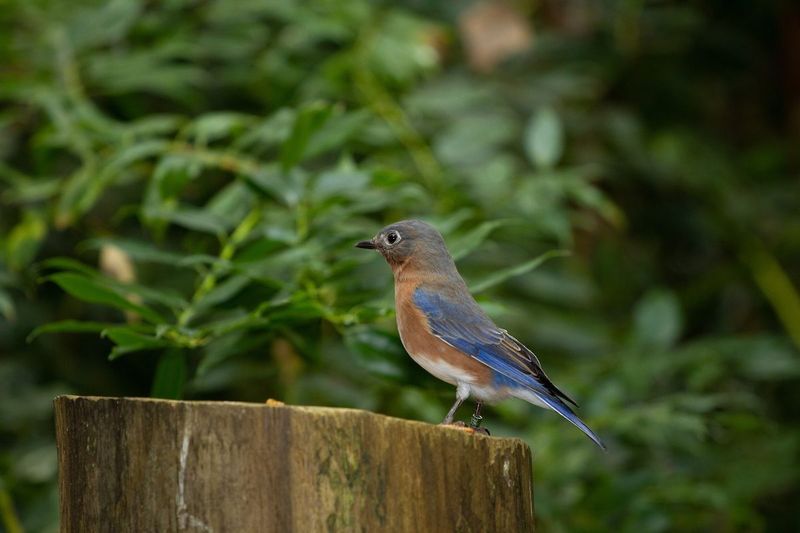
The Eastern Bluebird is a symbol of happiness and renewal, gracing Tennessee’s open fields and orchards with its stunning colors. Recognizable by its bright blue wings and orange chest, this bird is a joy to observe.
Bluebirds feed on insects and fruits, often seen darting from perches to catch their prey. They nest in tree cavities or nest boxes, making them frequent visitors to gardens and parks.
Providing nest boxes and maintaining open spaces are key to supporting bluebird populations. Their cheerful presence and melodic songs add to the serene beauty of Tennessee’s rural landscapes.
Beaver
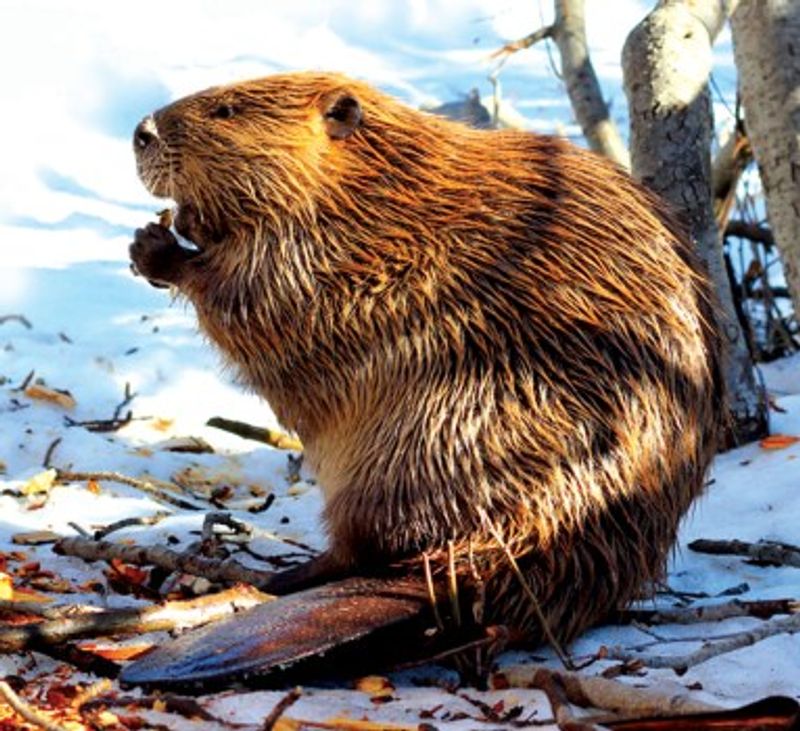
The Beaver is a master builder and a fascinating resident of Tennessee’s waterways. Known for their impressive ability to construct dams and lodges, beavers play a vital role in maintaining healthy aquatic ecosystems.
They create habitats for other wildlife by altering the flow of streams and rivers, which helps in flood control and water purification. Beavers are primarily nocturnal, often seen at dusk or dawn as they work tirelessly on their constructions.
Protecting beaver habitats ensures the continued health and diversity of Tennessee’s waterways, highlighting the interconnectedness of nature.
Wild Turkey
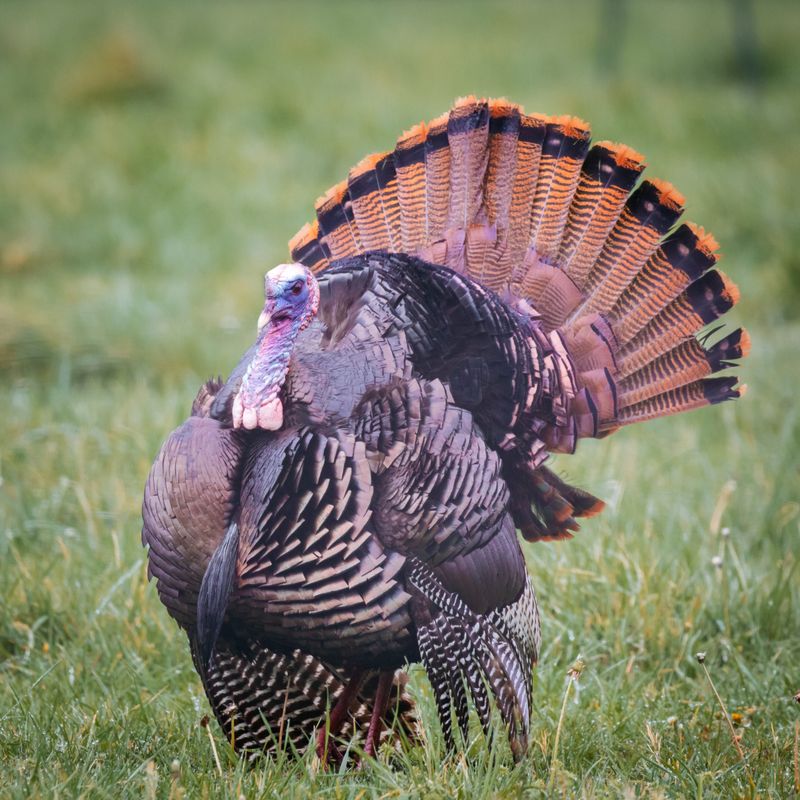
The Wild Turkey is a magnificent bird found in Tennessee’s woodlands and open fields. Known for their distinct gobble and impressive fan of feathers, they are a captivating sight in the wild.
Turkeys are social birds, often seen in flocks as they forage for seeds, insects, and berries. During the mating season, males display elaborate courtship behaviors, including gobbling and fanning their tail feathers to attract females.
Their presence is a symbol of the rich biodiversity of Tennessee, where these large birds roam freely. Observing them in their natural habitat is a testament to the state’s thriving wildlife.
Barred Owl
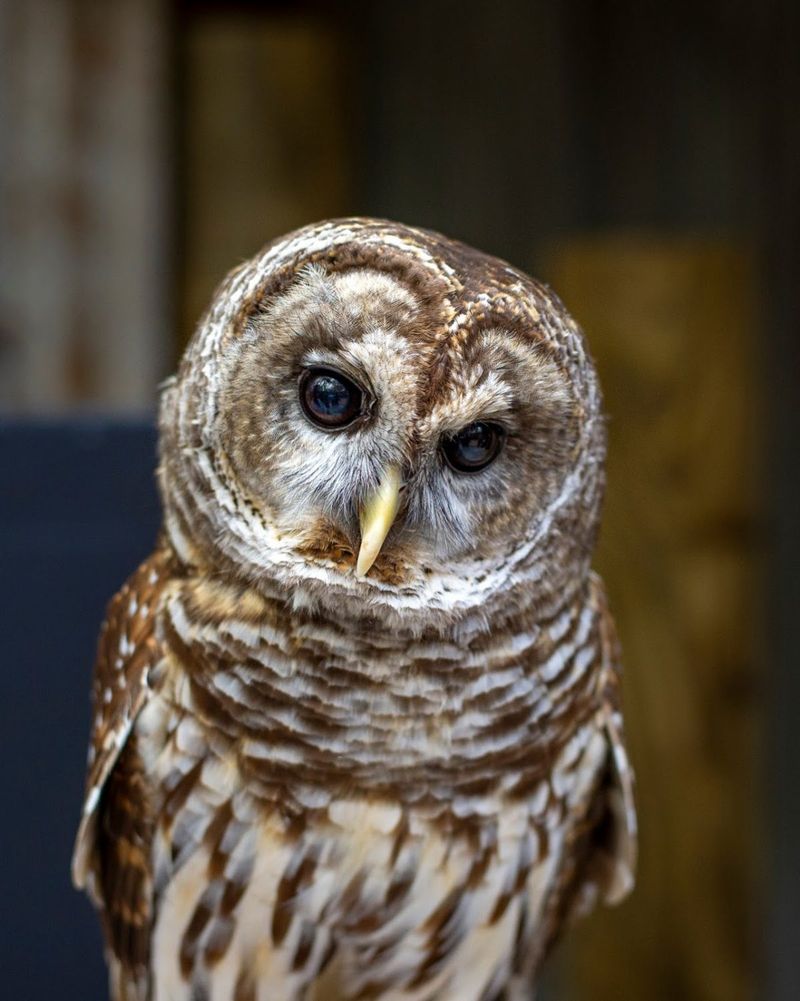
The Barred Owl is a captivating presence in Tennessee’s forests, known for its distinctive hooting call. With a round face and dark eyes, these owls blend seamlessly with their wooded surroundings.
They are skilled hunters, preying on small mammals, reptiles, and insects. Barred Owls often roost during the day and become active at night, making them a symbol of the mysterious and hidden aspects of nature.
Their haunting calls can be heard echoing through the woods, adding to the enchanting atmosphere of Tennessee’s nighttime wilderness. Protecting forest habitats ensures their continued presence in these serene landscapes.
Eastern Hellbender
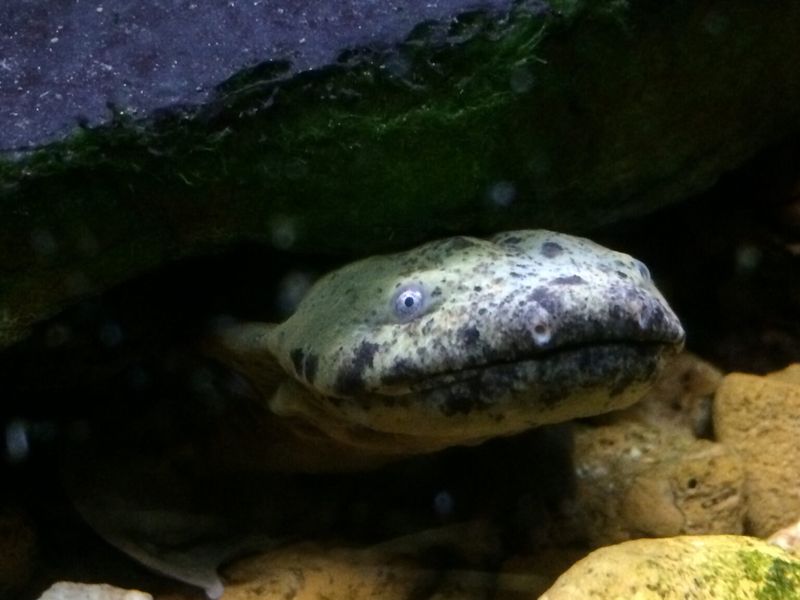
The Eastern Hellbender, a large aquatic salamander, inhabits the clean, fast-flowing streams of Tennessee. Known for its elongated body and wrinkled skin, this elusive creature is a fascinating sight for those fortunate enough to spot it.
Hellbenders play a crucial role in the aquatic ecosystem, feeding on fish and insects. Their presence is an indicator of healthy water quality, as they require clean, well-oxygenated streams to thrive.
Conservation efforts are essential to protect these unique salamanders and their habitats, ensuring that Tennessee’s waterways remain pristine and full of life.
Southern Flying Squirrel
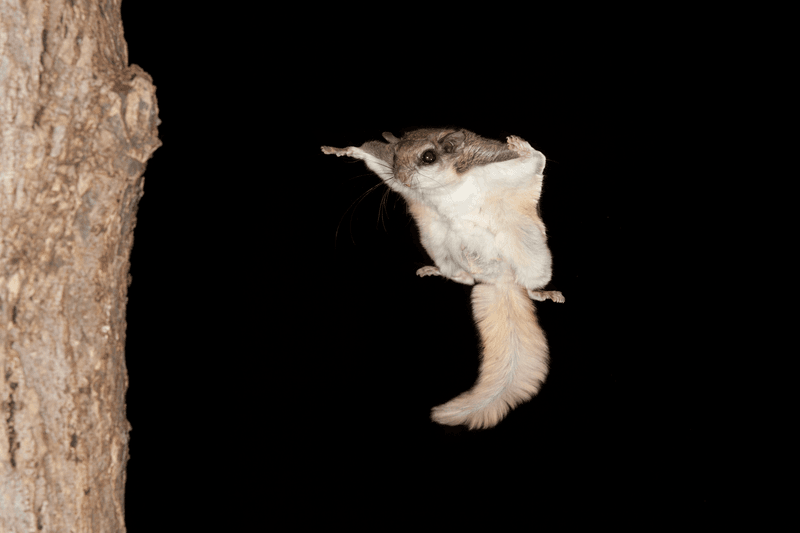
The Southern Flying Squirrel, a nocturnal acrobat, adds a whimsical touch to Tennessee’s woodlands. With its large, reflective eyes and patagium—an extended membrane—these tiny creatures glide effortlessly between trees, creating a breathtaking aerial display.
In the quiet of the night, their soft chirps and the rustle of leaves signal their presence. These squirrels are perfect examples of adaptation, with their ability to navigate and thrive in the dark.
Spotting one is a reminder of nature’s ingenuity, making Tennessee’s forests feel like an untouched, magical realm. Keep your eyes to the trees on a moonlit night.

